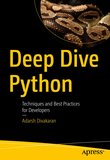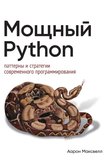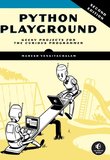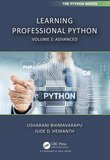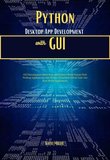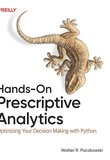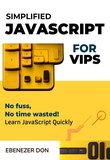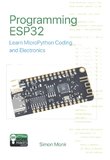-
.NET (.NET Core)
-
1C
-
APL
-
AWK
-
Agda
-
Agile/Scrum
-
Alef
-
Assembler
-
Basic
-
Beta Programming Language
-
Big Data/DataScience
-
C
-
C#
-
C++
-
CSS
-
Cobol
-
Crystal
-
D
-
Dart
-
DataBase (SQL)
-
Delphi
-
F#
-
Flutter
-
Fortran
-
GPT/AI/ИИ
-
GameDev
-
Git
-
Go (Golang)
-
HTML
-
Hacking and Security
-
Haskell
-
Java
-
JavaScript (JS)
-
Julia
-
Kotlin
-
Machine Learning (ML)
-
Natural language processing (NLP)
-
PHP
-
Pascal
-
Python
-
R
-
Ruby
-
Rust
-
Scratch
-
Swift
-
UML
-
UX/UI
-
Visual Basic
-
Wolfram
-
XML
-
АСУ
-
Проектирование/System Design
-
Сети/Network
-
Схемотехника/электронные схемы
-
.NET (.NET Core)
-
1C
-
APL
-
AWK
-
Agda
-
Agile/Scrum
-
Alef
-
Assembler
-
Basic
-
Beta Programming Language
-
Big Data/DataScience
-
C
-
C#
-
C++
-
CSS
-
Cobol
-
Crystal
-
D
-
Dart
-
DataBase (SQL)
-
Delphi
-
F#
-
Flutter
-
Fortran
-
GPT/AI/ИИ
-
GameDev
-
Git
-
Go (Golang)
-
HTML
-
Hacking and Security
-
Haskell
-
Java
-
JavaScript (JS)
-
Julia
-
Kotlin
-
Machine Learning (ML)
-
Natural language processing (NLP)
-
PHP
-
Pascal
-
Python
-
R
-
Ruby
-
Rust
-
Scratch
-
Swift
-
UML
-
UX/UI
-
Visual Basic
-
Wolfram
-
XML
-
АСУ
-
Проектирование/System Design
-
Сети/Network
-
Схемотехника/электронные схемы
Меню
Python Programming For Beginners: Practical Lessons for Building Real-World Applications
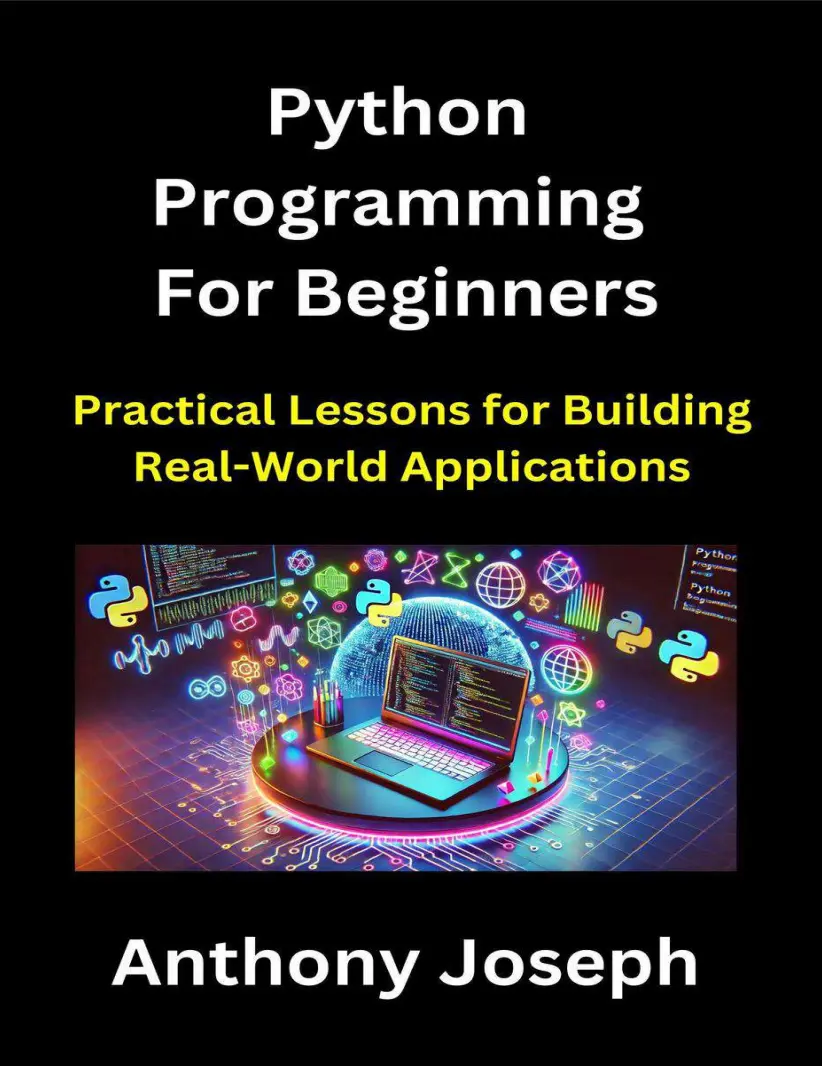
Автор: Joseph Anthony
Дата выхода: 2025
Издательство: Independent publishing
Количество страниц: 235
Размер файла: 723,7 КБ
Тип файла: PDF
Добавил: codelibs
Chapter 1: Introduction to Python
1.1 Why Python?
1.2 Setting Up Your Environment
1.3 Python Basics: Syntax and Code Structure
Chapter 2: Data Types, Variables, and Operators
2.1 Numbers and Strings
2.2 Lists, Tuples, and Sets
2.3 Operators and Expressions
Chapter 3: Control Flow Statements
3.1 Conditionals (if, elif, else)
3.2 Loops (for, while)
3.3 Loop Control Statements and Range
Chapter 4: Functions and Modular Programming
4.1 Defining and Calling Functions
4.2 Scope and Lifetime of Variables
4.3 Creating and Using Modules
Chapter 5: Data Structures and Collections
5.1 Dictionaries
5.2 Stacks, Queues, and Priority Queues
5.3 Advanced Data Structures (Optional Intro)
Chapter 6: Error Handling and Exceptions
6.1 Introduction to Exceptions
6.2 Handling Exceptions with try-except-else-finally
6.3 Creating Custom Exceptions
Chapter 7: Working with Files and Directories
7.1 Reading and Writing Text Files
7.2 CSV, JSON, and Other Formats
7.3 Managing Directories and Paths
Chapter 8: Object-Oriented Programming (OOP)
8.1 Classes and Objects
8.2 Inheritance and Polymorphism
8.3 Encapsulation and Data Hiding
Chapter 9: Working with Libraries and APIs
9.1 Using Popular Libraries (NumPy, Pandas, Request)
9.2 Consuming and Building REST APIs
9.3 Virtual Environments and Requirements Management
Chapter 10: Building a Real-World Python Application
10.1 Project Setup and Structure
10.2 Implementing Core Features
10.3 Deployment and Further Improvements
Sign up for Anthony Joseph's Mailing List
About the Author
This eBook, "Python Programming for Beginners - Practical Lessons for Building Real-World Applications", provides a comprehensive introduction to Python through ten structured chapters. It starts by explaining why Python is popular, guiding you through environment setup, and teaching essential syntax and data types. You then learn about more advanced subjects such as control flow, functions, and how to write clean, modular code. The book goes deeper into data structures, including dictionaries, lists, tuples, and sets, illustrating how each one is suited for different tasks.
You also discover the fundamentals of object-oriented programming—classes, inheritance, and encapsulation—making it easier to design maintainable applications. The chapters on error handling show how to manage exceptions and create custom error types, ensuring your code remains robust. You learn how to work with files, directories, and popular libraries such as NumPy, Pandas, and Requests, exploring data manipulation and API integration. Finally, the eBook culminates in a real-world project, walking you through step-by-step project organization, core feature implementation, testing, and deployment strategies.
By blending theory with practical examples, this eBook equips you with the confidence and skills needed to develop functional, scalable Python applications that address everyday coding challenges.
